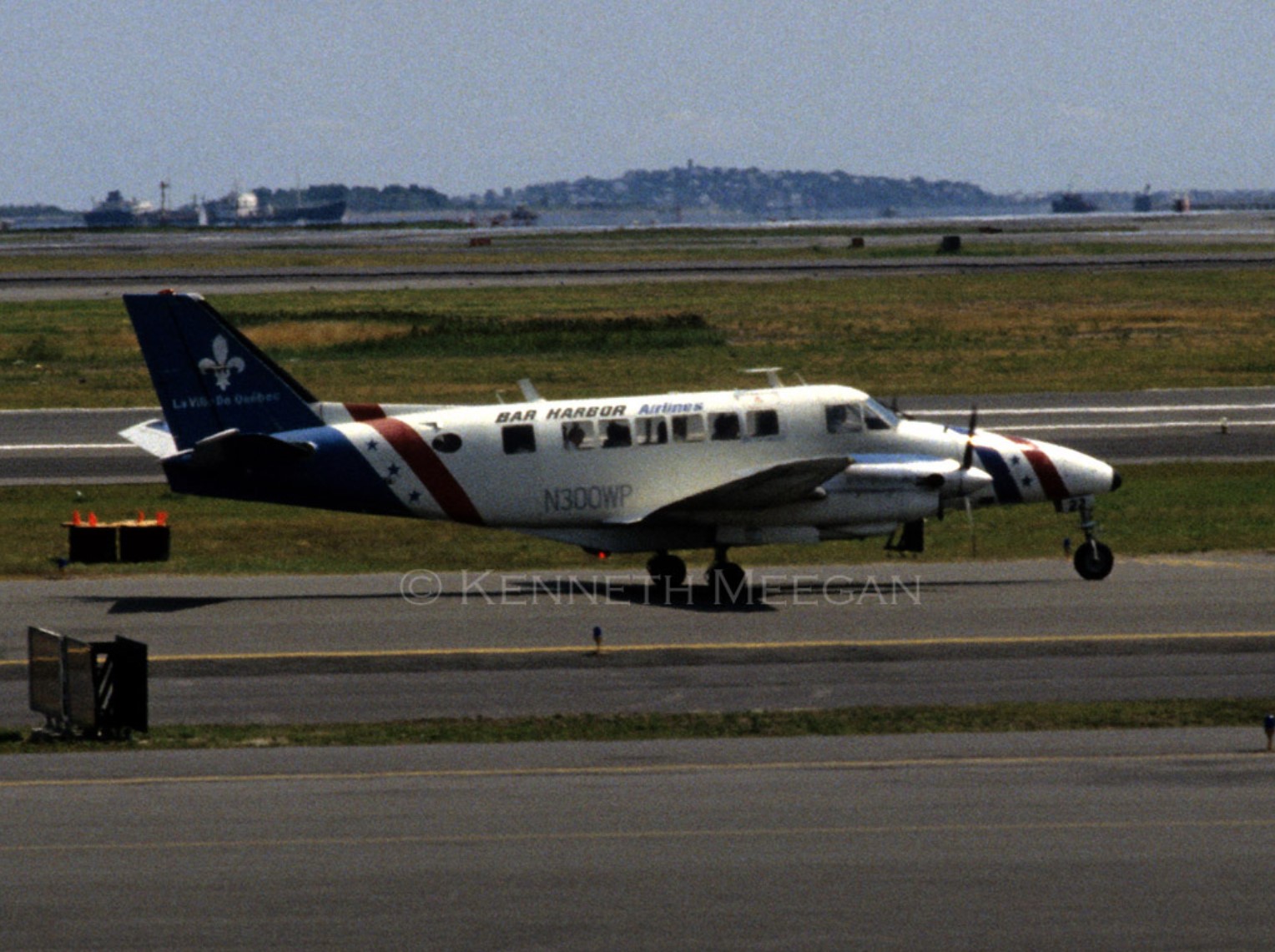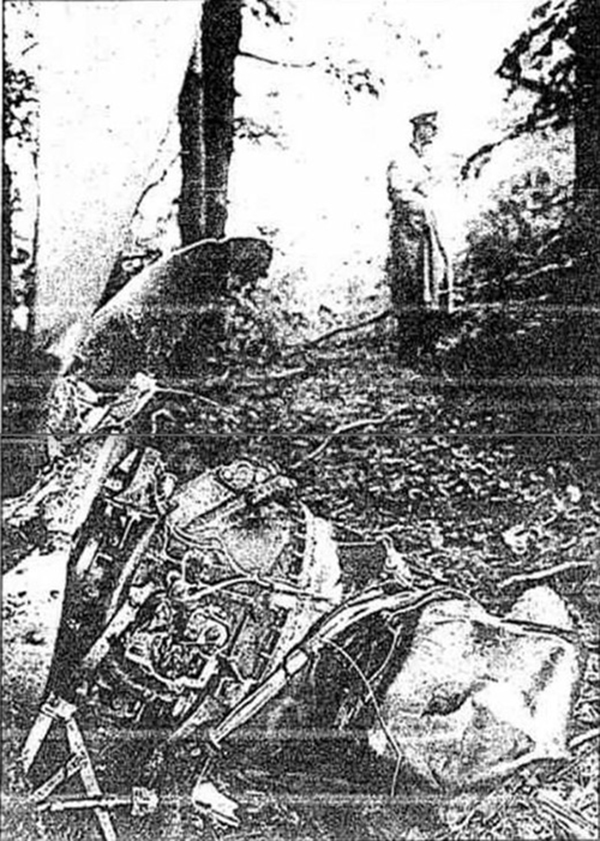Crash of a Cessna 208B Super Cargomaster in Greenville
Date & Time:
Sep 23, 2000 at 1950 LT
Registration:
N590TA
Survivors:
Yes
Schedule:
Bangor - Greenville
MSN:
208B-0590
YOM:
1997
Crew on board:
1
Crew fatalities:
Pax on board:
0
Pax fatalities:
Other fatalities:
Total fatalities:
0
Captain / Total hours on type:
2000.00
Aircraft flight hours:
2671
Circumstances:
According to the pilot, he was conducting a GPS approach during occasional low ceilings, reduced visibility and rain. At the minimum descent altitude, the ground was 'occasionally' visible through fog and rain. Near the missed approach point, the runway lights were visible, so he continued the descent. He lost visual contact with the runway, and began a missed approach, but collided with trees. The accident site was 2 miles prior to the runway, on rising terrain, 200 feet below the runway elevation. The missed approach point was over the approach end of the runway.
Probable cause:
The pilot's improper in-flight decision to continue his descent without visual contact with the runway, and his inattention to his altitude, in relation to the airport elevation.
Final Report:






